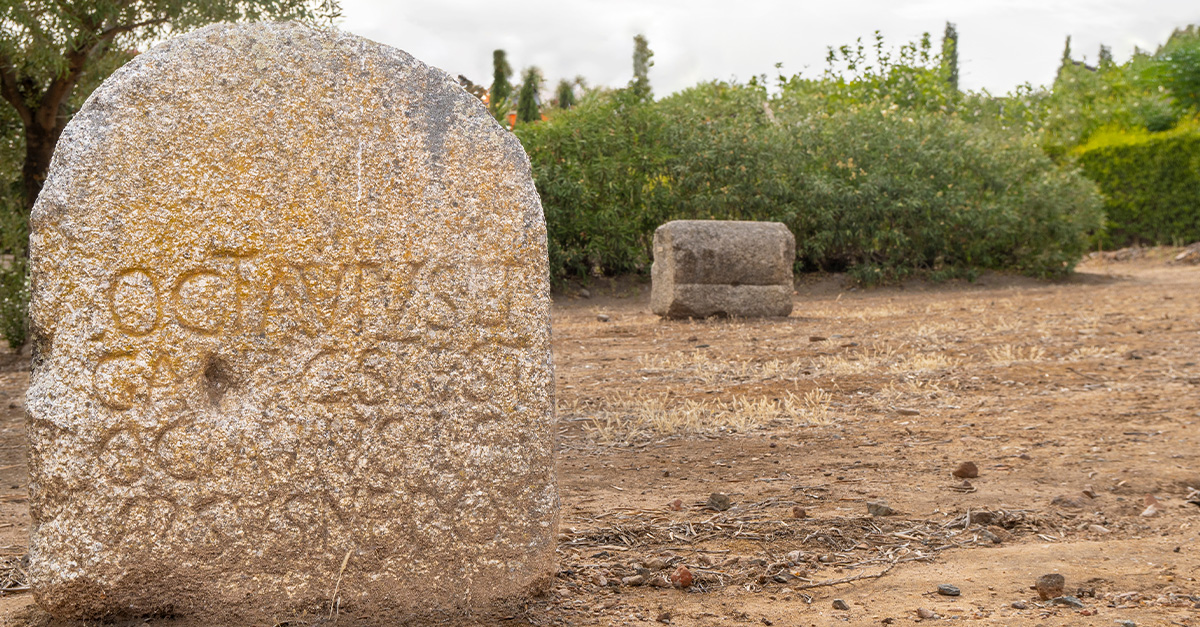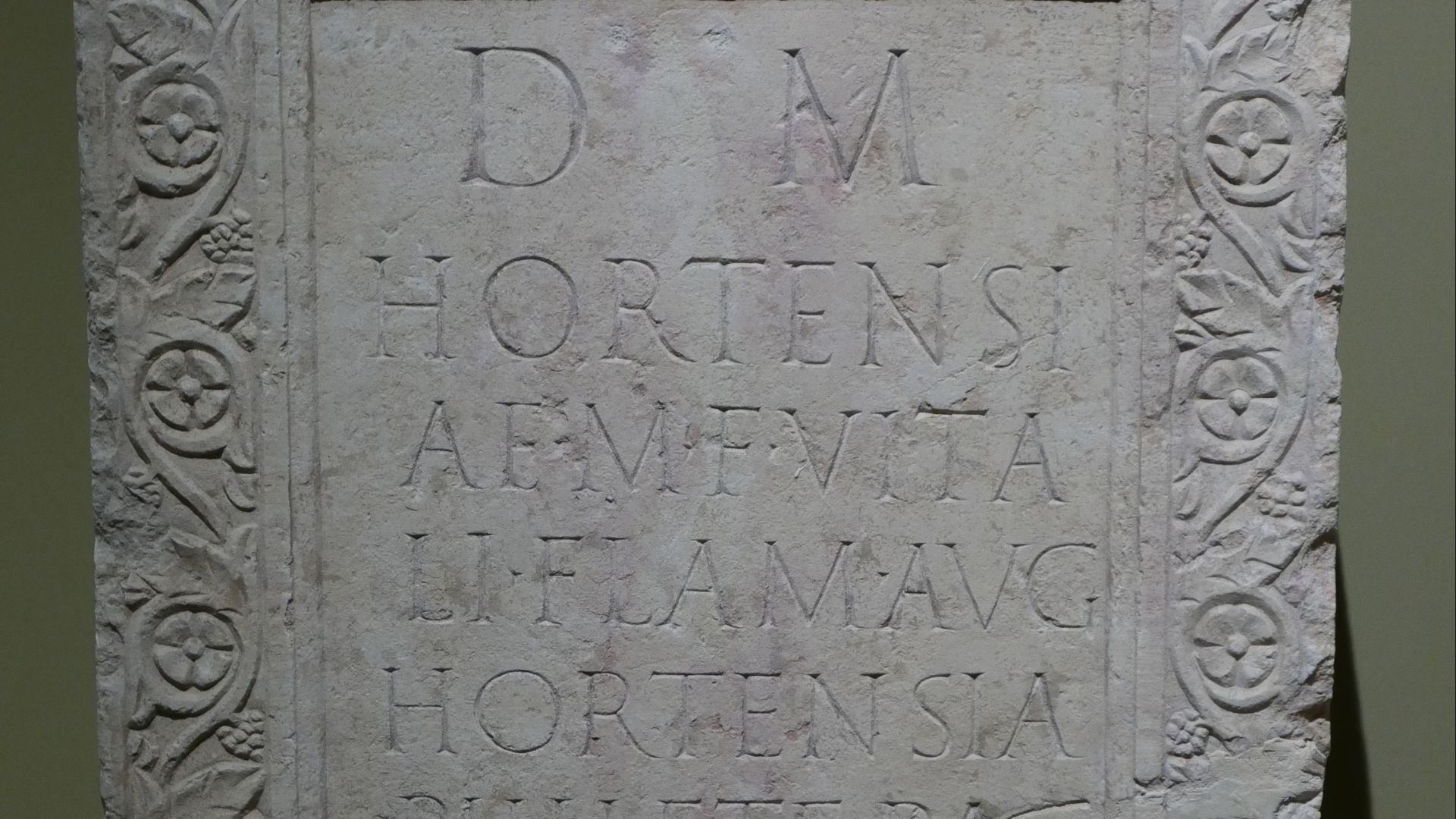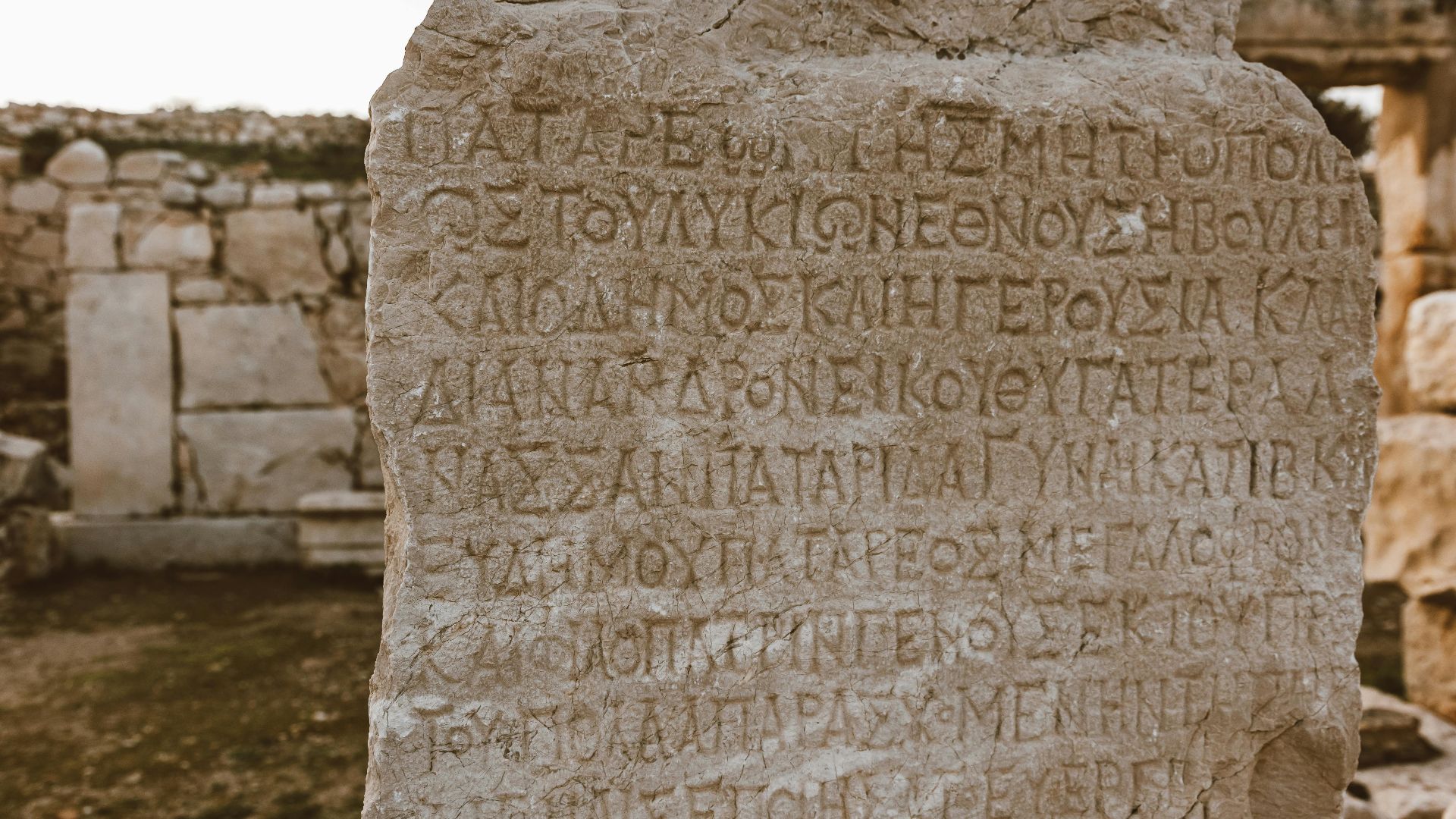A Garden Surprise In New Orleans
In March 2025, a couple in the historic Carrollton neighbourhood of New Orleans were simply doing what many homeowners do: clearing weeds and trimming a patch of yard. But instead of a stray piece of brick or an old root, they dug up something very unexpected — a heavy marble slab, inscribed in Latin, buried beneath the surface. What began as a routine garden cleanup turned into a story spanning 2,000 years and two continents.

Meet The Discoverers
The homeowners, anthropologist Daniella Santoro and her spouse Aaron Lorenz, had no idea their weekend gardening would make international headlines. Daniella, who teaches at Tulane University, was helping Aaron tidy up the yard when he noticed an odd, flat stone. When she examined it closely, she realised the markings were far from ordinary — faint carvings, almost certainly ancient.
 Tulane Public Relations, CC BY 2.0, Wikimedia Commons
Tulane Public Relations, CC BY 2.0, Wikimedia Commons
From “Just a Rock” To Something Else
At first, the slab looked like a random piece of paving stone or decorative garden rock. But as Daniella brushed away the dirt, she noticed unusual letter shapes — Latin, not English. “The fact that it was in Latin — that really just gave us pause, right?” she later recalled. That moment of curiosity launched a remarkable chain of discovery.
Digging Deeper With Experts
Knowing this wasn’t just a backyard curiosity, Daniella reached out to colleagues, including archaeologist D. Ryan Gray from the University of New Orleans and classics professor Susann S. Lusnia at Tulane. Together they examined the photos and quickly realised that the slab bore all the hallmarks of a Roman gravestone. To confirm, they sent images to European experts such as Austrian archaeologist Harald Stadler — and their suspicions were validated: the carving was genuine, nearly 1,900 years old.
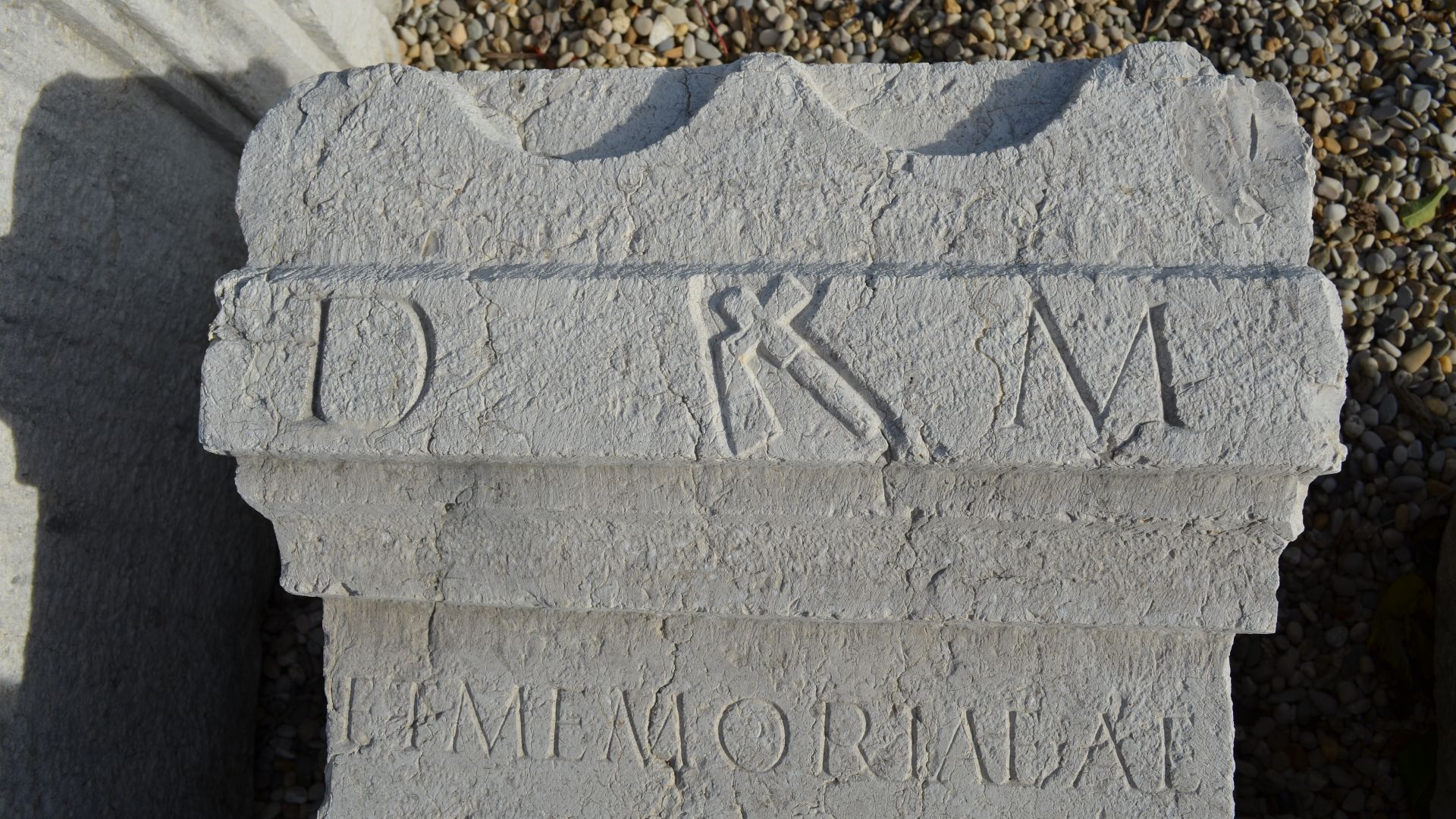 Arnaud Fafournoux, Wikimedia Commons
Arnaud Fafournoux, Wikimedia Commons
The Latin Inscription Speaks
The inscription began with the classic Roman abbreviation “D M,” short for Dis Manibus, meaning “to the spirits of the dead.” It commemorated Sextus Congenius Verus, a sailor-soldier of the praetorian fleet at Misenum, originally from the Bessi tribe of Thrace. The text stated that he had lived 42 years and served 22 aboard the trireme Asclepius. These details firmly placed the stone in the 2nd century CE, during the height of the Roman Empire.
 George E. Koronaios, Wikimedia Commons
George E. Koronaios, Wikimedia Commons
A Match In Italy — And A Missing Puzzle
The story took a thrilling twist when the researchers matched the New Orleans stone to a record from Italy. It perfectly corresponded to an artifact once catalogued in the National Archaeological Museum of Civitavecchia — but that very stone had been listed as missing since World War II. The discovery wasn’t merely archaeological; it was historical detective work solving an 80-year-old mystery.
 Shapiro1983, Wikimedia Commons
Shapiro1983, Wikimedia Commons
How Did It End Up In Louisiana?
That question baffled everyone. The leading theory is that the slab was removed from Italy during or shortly after the war — perhaps as a souvenir brought home by a soldier or through the loose antiquities market of the mid-20th century. Over the decades, it somehow found its way into a New Orleans home, passed between owners until it was forgotten. Only the couple’s sharp eyes brought its extraordinary story back to life.
Yard Work Turns Into A Global Investigation
What began as routine yard work soon became a multinational effort. Daniella nicknamed their informal collaboration “Team Tombstone.” She and Aaron exchanged countless emails and calls with museum curators, archaeologists, and even law-enforcement officials. When the FBI’s Art Crime Team got involved, the backyard discovery transformed into an international repatriation case.
 VAKS-Stock Agency, Shutterstock
VAKS-Stock Agency, Shutterstock
A Glimpse Of The Stone Itself
The weathered marble slab is striking: Latin lettering deeply etched but softened by age, and its surface worn smooth by centuries. In the New Orleans sunlight, it seemed both out of place and perfectly at home — a relic of empire resting quietly beneath a Southern garden.
Why This Stone Is So Special
The discovery of a 2nd-century CE Roman gravestone outside Europe is incredibly rare. Even more remarkable, the inscription provides intimate details about the deceased — his age, tribal roots, and naval service — revealing a vivid human story. Its confirmed identity as a museum artifact lost during wartime makes it not only a fascinating find but also an important cultural recovery.
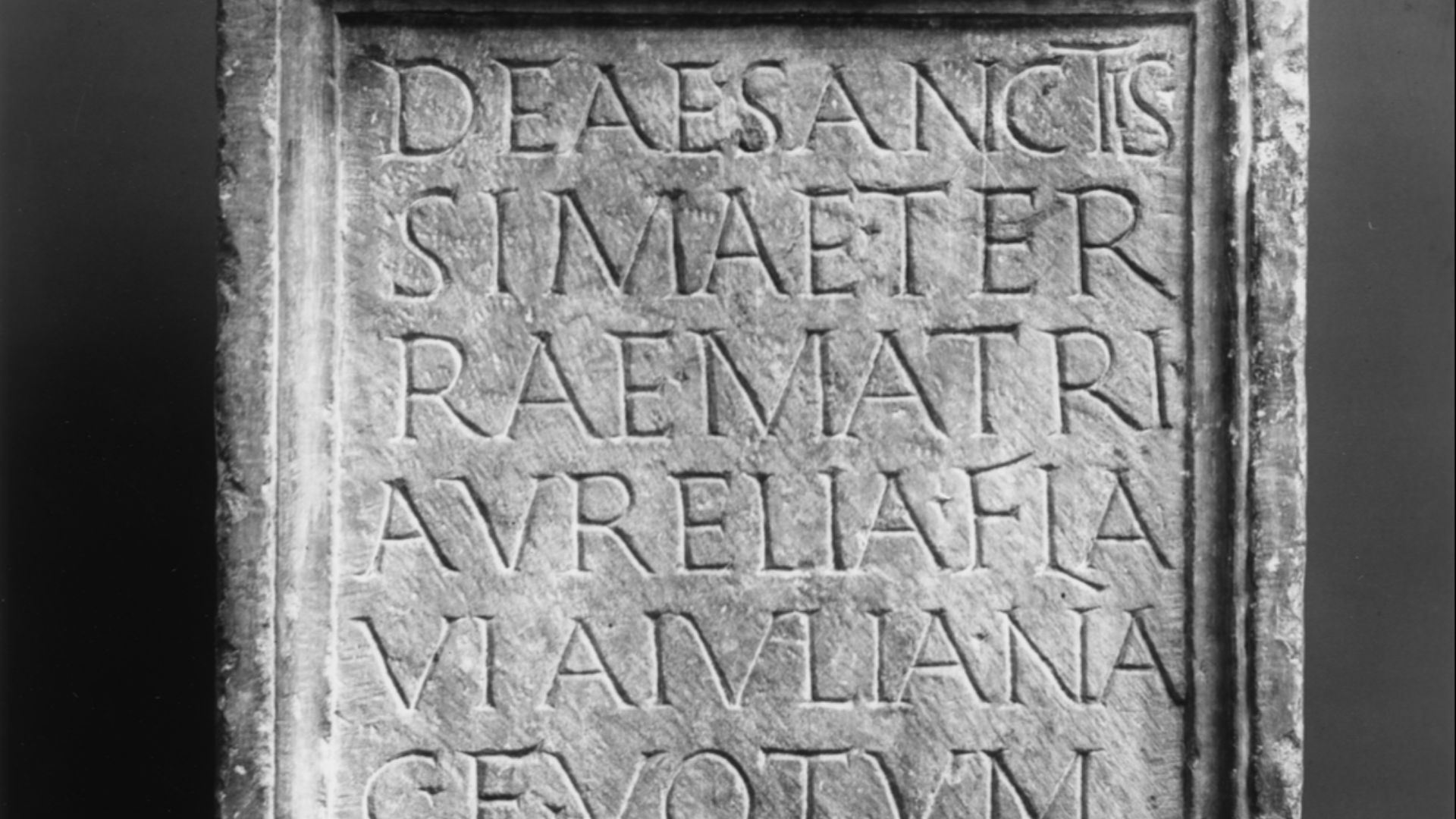 Anonymous (Category:Roman Empire)Unknown author, Wikimedia Commons
Anonymous (Category:Roman Empire)Unknown author, Wikimedia Commons
Ancient Rome Meets New Orleans
Imagine the journey: a Roman sailor from Thrace serves aboard the warship Asclepius in the Mediterranean, dies around 180 CE, and is honoured with this marble memorial. Nineteen centuries later, that same stone surfaces thousands of miles away, in the heart of Louisiana. The narrative feels almost mythic — a collision of empires, oceans, and eras.
What The Inscription Really Says
Translated, the text reads: “To the spirits of the dead. Sextus Congenius Verus, soldier of the praetorian fleet Misenensis, of the Bessi tribe, lived 42 years, served 22 on the trireme Asclepius. Atilius Carus and Vettius Longinus, his heirs, made this for him, well deserving.” In just a few lines, the stone captures friendship, duty, and the Roman obsession with legacy.
 Michael F. Mehnert, Wikimedia Commons
Michael F. Mehnert, Wikimedia Commons
The Civitavecchia Connection
Civitavecchia — known in antiquity as Centum Cellae — once housed a Roman naval base and cemetery. In the 1860s, archaeologists unearthed dozens of sailor tombstones there, including the one dedicated to Sextus. The collection was displayed in the city’s archaeological museum, a proud testament to Rome’s maritime power, until war changed everything.
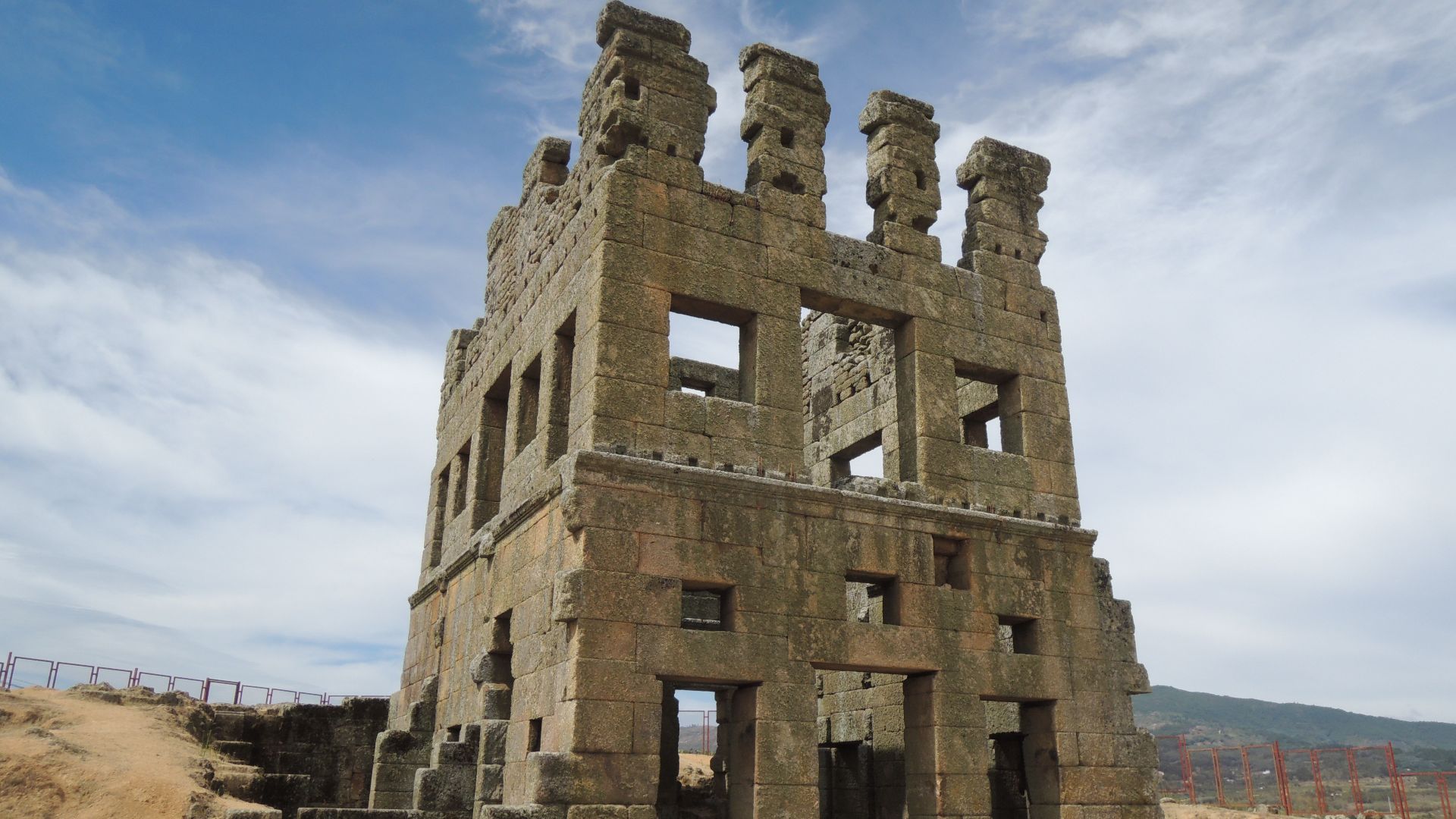 Jose Antonio Gil Martínez from Vigo, Spain, Wikimedia Commons
Jose Antonio Gil Martínez from Vigo, Spain, Wikimedia Commons
War, Destruction & Lost Artefacts
During World War II, Allied raids devastated Civitavecchia. The museum that held the Roman gravestones was destroyed, and many artifacts vanished in the rubble. Some were looted, others misplaced, and a few — like the stone found in New Orleans — disappeared for generations. Its re-emergence nearly eight decades later is nothing short of miraculous.
 Mrjspence, CC BY-SA 3.0, Wikimedia Commons
Mrjspence, CC BY-SA 3.0, Wikimedia Commons
The Mystery Of The Transit
No one can yet trace the gravestone’s exact path from post-war Italy to Louisiana. It may have travelled with a returning servicemember, been traded among collectors, or simply ended up forgotten in a shipment of stone. What’s certain is that the artifact spent years lying quietly in a New Orleans yard, unseen but intact, waiting for rediscovery.
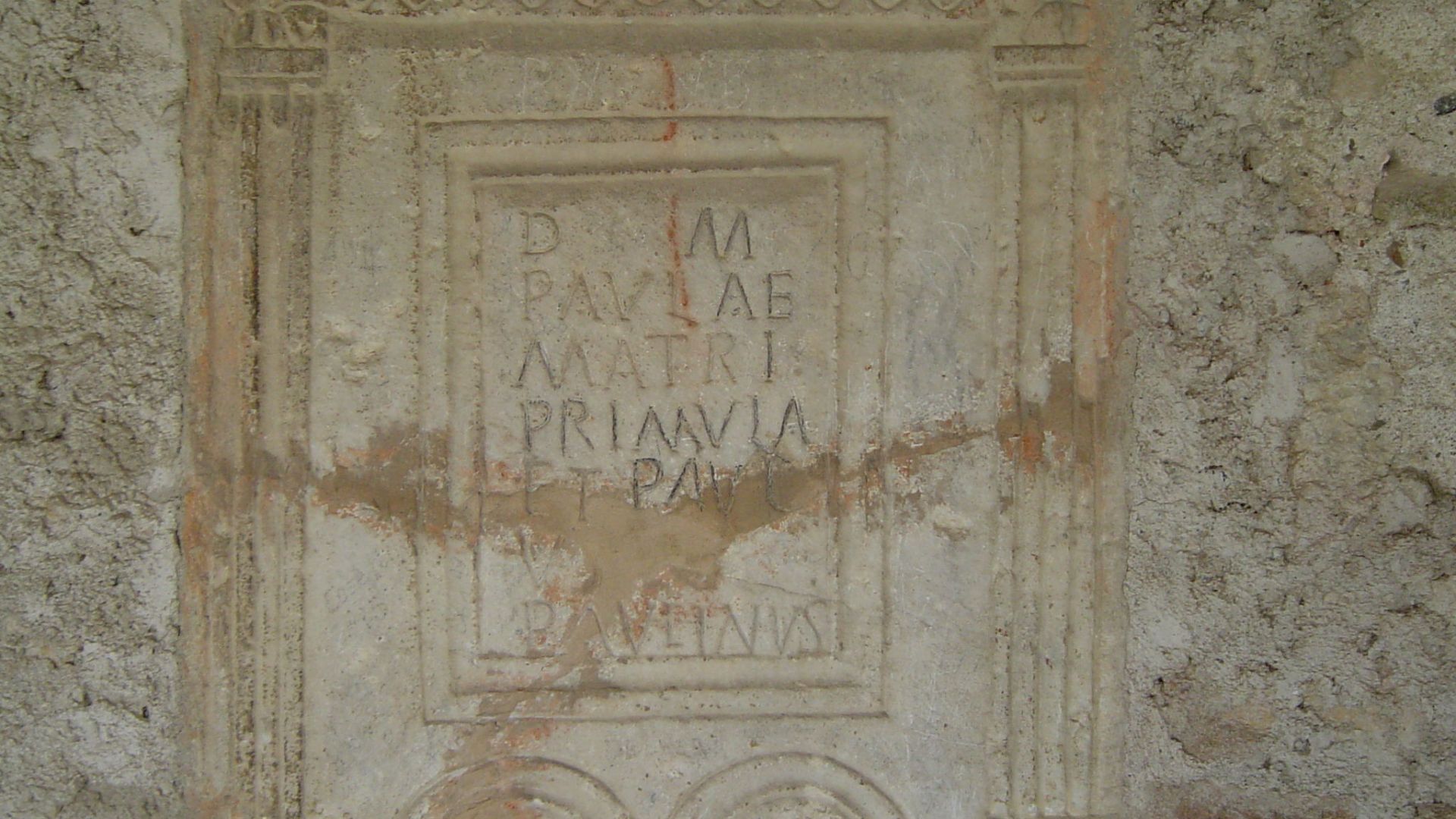 Eduardo Orduna Aznar, Wikimedia Commons
Eduardo Orduna Aznar, Wikimedia Commons
Garden Decor Or Cultural Crime?
For decades, the slab functioned as an unremarkable piece of garden décor. A previous homeowner, Erin Scott O’Brien, placed it in the yard in 2004 after inheriting it, never realising its true nature. When she sold the house in 2018, the ancient marble stayed behind — an accidental time capsule of forgotten history.
A Home In The Carrollton Neighbourhood
The home on Cambronne Street stands amid the old oak trees and eclectic architecture of Carrollton, a neighbourhood steeped in New Orleans lore. It’s a fitting setting for a mystery like this — a city already known for ghosts of the past now boasting one that dates back to the Roman Empire.
 Infrogmation, Wikimedia Commons
Infrogmation, Wikimedia Commons
The Role Of Local Heritage Institutions
As word spread, local organisations like the Preservation Resource Center and Tulane University amplified the story, framing it as both an academic marvel and a community treasure. Scholars highlighted the importance of public curiosity and citizen discovery — proof that history isn’t confined to museums.
 Infrogmation of New Orleans, Wikimedia Commons
Infrogmation of New Orleans, Wikimedia Commons
Why This Discovery Matters
This extraordinary find proves that history can surface in the most unlikely places. It links the ancient Mediterranean world to modern American life, reminds us of the importance of ethical stewardship of cultural property, and reignites the eternal human desire to remember and honour the dead. It’s a discovery that merges personal chance with global significance.
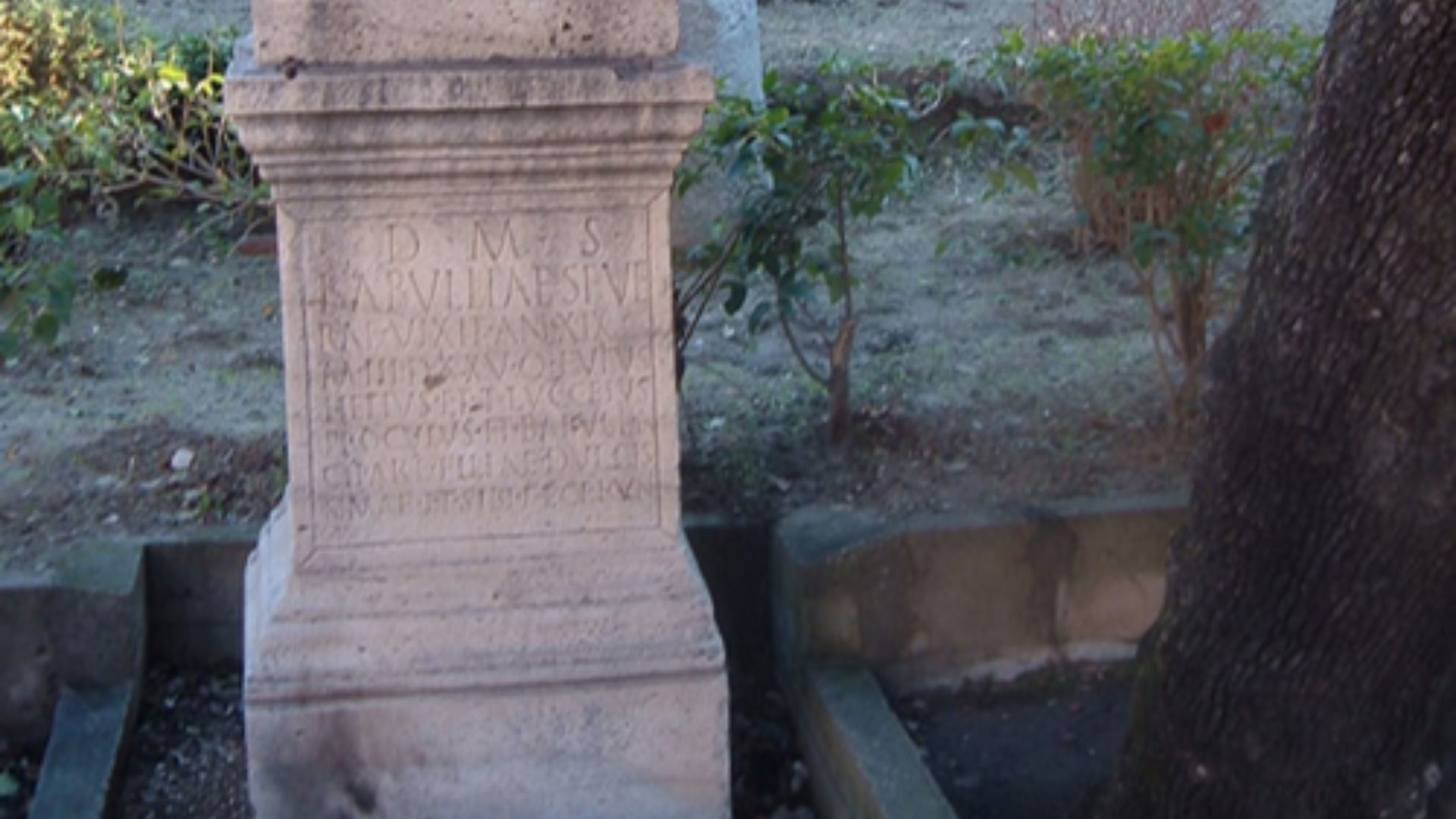 Luigi Carlo Capozzi.The original uploader was Habemusluigi at Italian Wikipedia., Wikimedia Commons
Luigi Carlo Capozzi.The original uploader was Habemusluigi at Italian Wikipedia., Wikimedia Commons
What Comes Next: Repatriation
The gravestone is now in the custody of the FBI’s Art Crime Team, awaiting formal repatriation to Italy. The process will involve diplomatic coordination and museum documentation, but both governments have expressed enthusiasm. What began as a gardening surprise will soon become a symbol of international cooperation in heritage preservation.
And The Roman Sailor?
For Sextus Congenius Verus, this rediscovery ensures his memory endures. The Romans believed a soul lived on as long as its name was spoken, and thanks to one curious couple, Sextus has achieved an afterlife beyond imagination — remembered once more, nearly 2,000 years later.
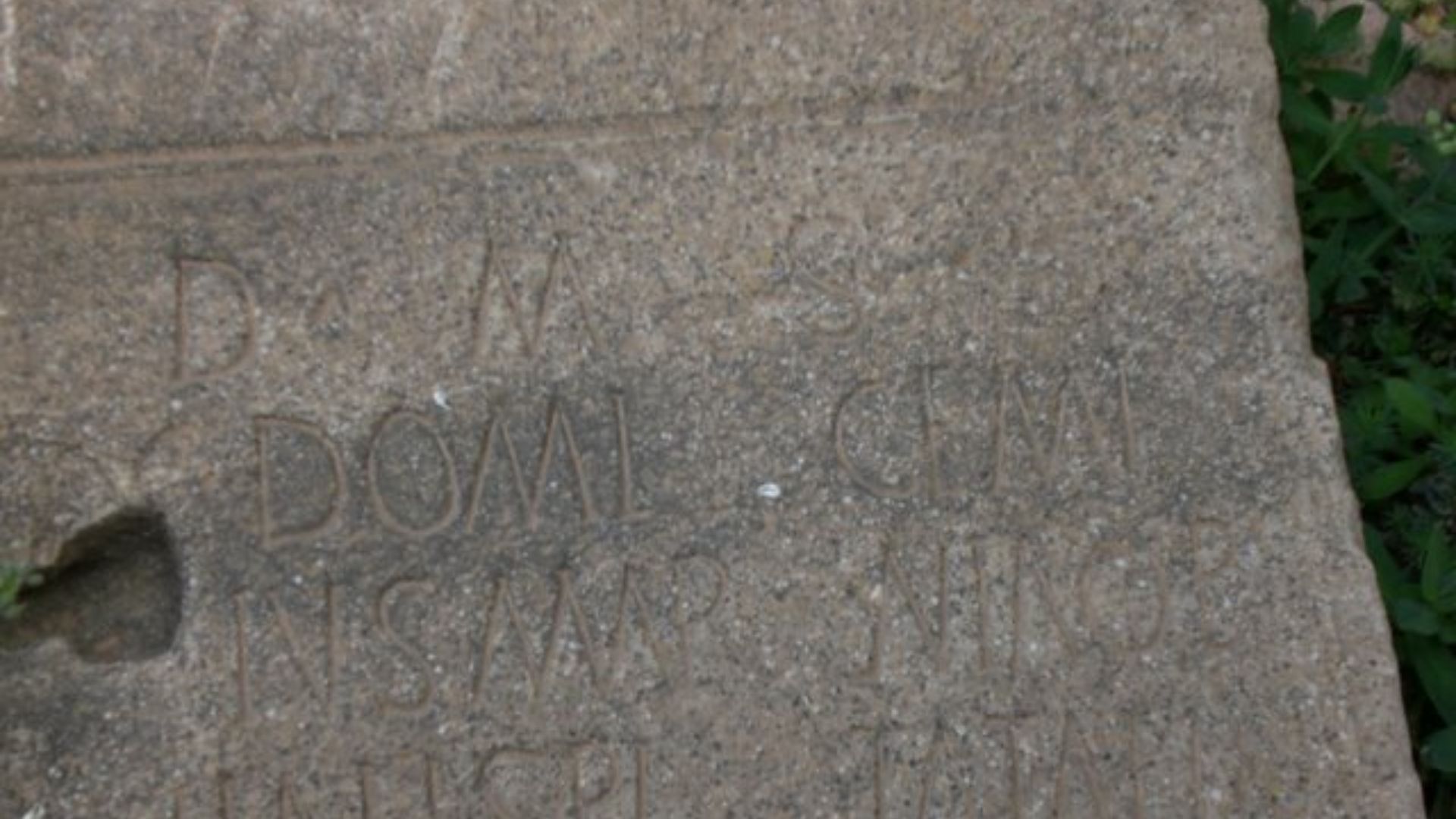 samir bouali, Wikimedia Commons
samir bouali, Wikimedia Commons
Lessons For Homeowners (and Archaeologists!)
This story is a reminder to never dismiss a strange object in your yard. Hidden beneath the soil might lie relics of immense value and history. The find also underscores the importance of reaching out to experts and tracing provenance — because every artifact, however ordinary it looks, carries a story waiting to be told.
The Garden Transforms Into History
In a single afternoon, a modest backyard became the stage for an archaeological revelation. What was once just a tangle of weeds turned into a window to the ancient world — proof that you never truly know what history may rest beneath your own two feet.
A Snapshot Of Time Travel
The gravestone’s journey reads like a historical timeline: Sextus serves aboard the Asclepius in the 2nd century CE; the stone is excavated in 1860s Italy; war scatters it in the 1940s; it becomes New Orleans garden décor in 2004; and finally, in 2025, it’s rediscovered and returned to the global stage. It’s the story of 1,900 years compressed into one marble slab.
 Gary Todd from Xinzheng, China, Wikimedia Commons
Gary Todd from Xinzheng, China, Wikimedia Commons
Why It Feels Magical
There’s something deeply moving about history intruding on the present. The gravestone’s survival — through empire, war, and suburban life — feels almost mystical. It collapses centuries, connecting the Mediterranean and the Mississippi in one astonishing thread of human continuity.
 Giovanni Dall'Orto, Wikimedia Commons
Giovanni Dall'Orto, Wikimedia Commons
A Cultural Ripple Effect
Beyond the immediate headlines, the find raises questions about how many other ancient relics lie unnoticed around the world. It challenges homeowners, collectors, and scholars alike to consider the stories objects carry and the responsibility we share in preserving them.
Spotlight On Memory & Legacy
In ancient Rome, remembrance was sacred; to be forgotten was to die a second time. The rediscovery of Sextus’s tombstone restores not just his memory but a fragment of collective human history. The marble, once silent, now speaks again — of service, friendship, and the enduring will to be remembered.
 Antoine Caron, Wikimedia Commons
Antoine Caron, Wikimedia Commons
The Homeowners’ Take
Reflecting on the experience, Daniella Santoro called it surreal. “You see something like that and you say, ‘Okay, this is not an ordinary thing.’” For her and Aaron, the discovery became more than an academic curiosity — it became a shared mission to honour the past and ensure the artifact’s safe return to its homeland.
Final Musing: What If It Stayed in the Ground?
Had the couple ignored the strange stone, the gravestone of Sextus Congenius Verus might have remained buried forever. Their curiosity reminds us how easily history can slip into silence — and how chance discoveries can rekindle entire chapters of human memory.
The Gravestone’s Next Chapter
Now bound for repatriation, the Roman gravestone’s journey from ancient Italy to modern Louisiana and back again stands as a triumph of curiosity, scholarship, and respect for the past. Nearly 1,900 years after his death, Sextus Congenius Verus continues to tell his story — proving that the past is never truly buried, only waiting to be rediscovered.
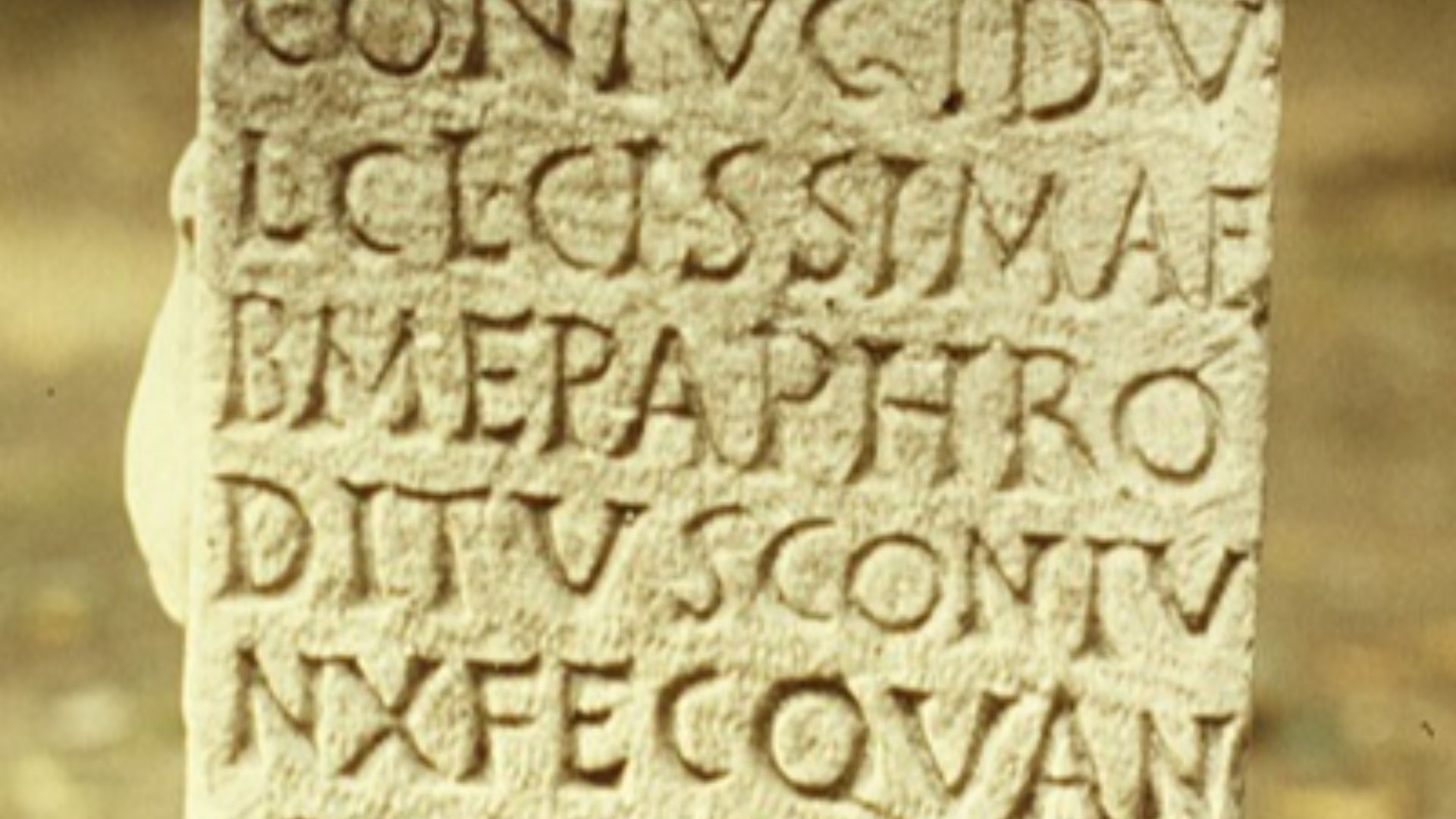 Geza Alfoldy, Wikimedia Commons
Geza Alfoldy, Wikimedia Commons
You May Also Like:
The States Where You’re Most Likely To Go Broke In 2026—According To Data
Photos Of The Nomadic Herders Who Travel With Reindeer Across Ice

